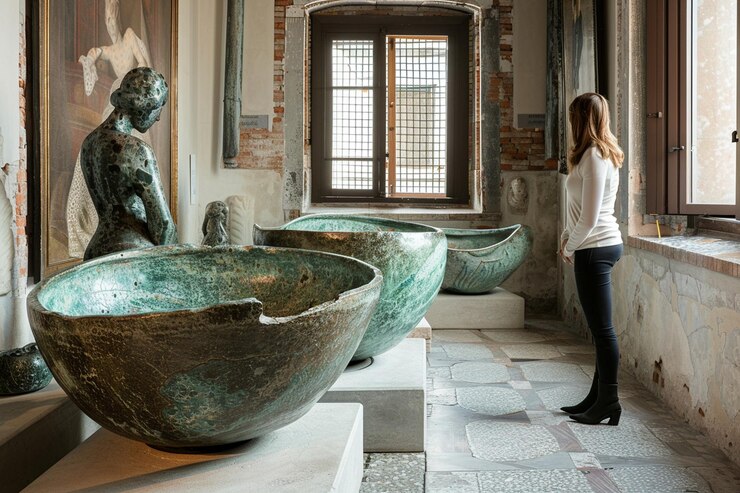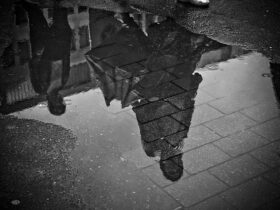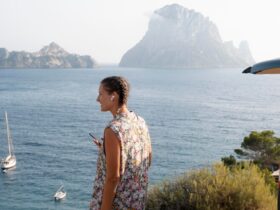Exploring the Rich Art Culture and Museums of Livorno
Located on the western coast of Tuscany, Livorno is a vibrant port city that boasts a rich tapestry of art culture and museums. Often overshadowed by its more famous Tuscan neighbors, Livorno is a hidden gem that offers art enthusiasts a unique blend of Renaissance masterpieces, contemporary works, and maritime history. In this article, we will delve into the heart of Livorno’s art scene, exploring the museums and cultural institutions that make this city a must-visit destination for art lovers.
Summary of Livorno’s Artistic Offerings
In the following sections, we will explore the various aspects of Livorno’s art culture and museums:
- The History of Art in Livorno
- Museo Civico Giovanni Fattori
- Mascagni Museum
- Contemporary Art in Livorno
- Sacred Art and Churches
- Art Events and Festivals
- Conclusion
The History of Art in Livorno
Livorno’s art culture has evolved significantly over the centuries. From its origins as a small fishing village to its development into a cosmopolitan port city under the Medici rule, Livorno has always been a place where different cultures and artistic styles converge. The city’s openness to new ideas and its strategic location made it a hub for artists and intellectuals during the Renaissance and beyond.
Museo Civico Giovanni Fattori
The Museo Civico Giovanni Fattori is a testament to Livorno’s artistic heritage. Named after the famous Italian painter who was born in the city, the museum houses an impressive collection of works from the Macchiaioli movement, of which Fattori was a leading figure. This 19th-century art movement, akin to French Impressionism, focused on capturing the light and color of the Tuscan landscape through quick brushstrokes and a vibrant palette.
Museo Civico Giovanni Fattori
The museum is located in the stunning Villa Mimbelli, an 18th-century residence surrounded by a lush park. Visitors can admire Fattori’s masterpieces alongside works by other Macchiaioli artists such as Silvestro Lega and Telemaco Signorini. The museum also hosts temporary exhibitions, often focusing on modern and contemporary art, providing a bridge between the past and present of Livorno’s art culture.
Mascagni Museum
Another cultural landmark in Livorno is the Mascagni Museum, dedicated to the composer Pietro Mascagni, who was also a native of the city. The museum celebrates his life and work, showcasing manuscripts, photographs, and personal belongings that offer insight into the world of one of Italy’s most renowned opera composers.
Mascagni Museum
Located in the heart of the city, the Mascagni Museum is a must-visit for music lovers and those interested in the broader cultural history of Livorno. The museum’s collection provides a fascinating glimpse into the musical landscape of the late 19th and early 20th centuries, a period when Livorno was a thriving center for the arts.
Contemporary Art in Livorno
Livorno’s art scene is not limited to historical works. The city is also home to a vibrant contemporary art culture, with galleries and spaces dedicated to showcasing the work of local and international artists. The Tuscany activities cultural exploration category page offers further insights into the region’s contemporary art scene.
One of the key venues for contemporary art in Livorno is the Granai di Villa Mimbelli, an annex of the Museo Civico Giovanni Fattori. This space hosts rotating exhibitions of modern art, providing a platform for emerging artists and new artistic expressions.
Sacred Art and Churches
Livorno also has a rich tradition of sacred art, with several churches housing significant works. The Cathedral of Livorno, for example, contains beautiful paintings and sculptures that reflect the city’s religious history and artistic talent. The Church of Santa Caterina and the Sanctuary of Montenero are other notable sites where visitors can admire sacred art in serene settings.
Art Events and Festivals
The city’s commitment to art culture is further evidenced by its calendar of events and festivals. The Effetto Venezia festival, held annually in the old Venetian quarter, is a celebration of art, music, and theater that transforms the district into a lively cultural hub. Additionally, the Livorno Music Festival brings classical music to the forefront, with performances by international artists in various venues across the city.
Conclusion
In conclusion, Livorno’s art culture and museums offer a rich and diverse experience for visitors. From the historical masterpieces of the Museo Civico Giovanni Fattori to the contemporary exhibitions in modern galleries, Livorno is a city where art from different eras coexists harmoniously. Its museums not only preserve the legacy of past artists but also provide a nurturing environment for contemporary creativity. Whether you are an art aficionado or a curious traveler, Livorno’s cultural landscape is sure to captivate and inspire.
FAQ Section
What are the must-see museums in Livorno?
The Museo Civico Giovanni Fattori and the Mascagni Museum are among the must-see museums in Livorno, offering a glimpse into the city’s artistic and musical heritage.
Is Livorno known for any particular art movement?
Yes, Livorno is known for the Macchiaioli movement, which is considered the Italian equivalent of French Impressionism. Giovanni Fattori, one of the leading figures of this movement, was born in Livorno.
Are there contemporary art venues in Livorno?
Yes, Livorno has several venues for contemporary art, including the Granai di Villa Mimbelli and various independent galleries throughout the city.
Does Livorno host any art festivals?
Livorno hosts several art festivals throughout the year, including the Effetto Venezia festival and the Livorno Music Festival, celebrating the city’s vibrant cultural scene.
Can I find sacred art in Livorno?
Yes, Livorno has a rich tradition of sacred art, with numerous churches such as the Cathedral of Livorno and the Church of Santa Caterina housing important works.













